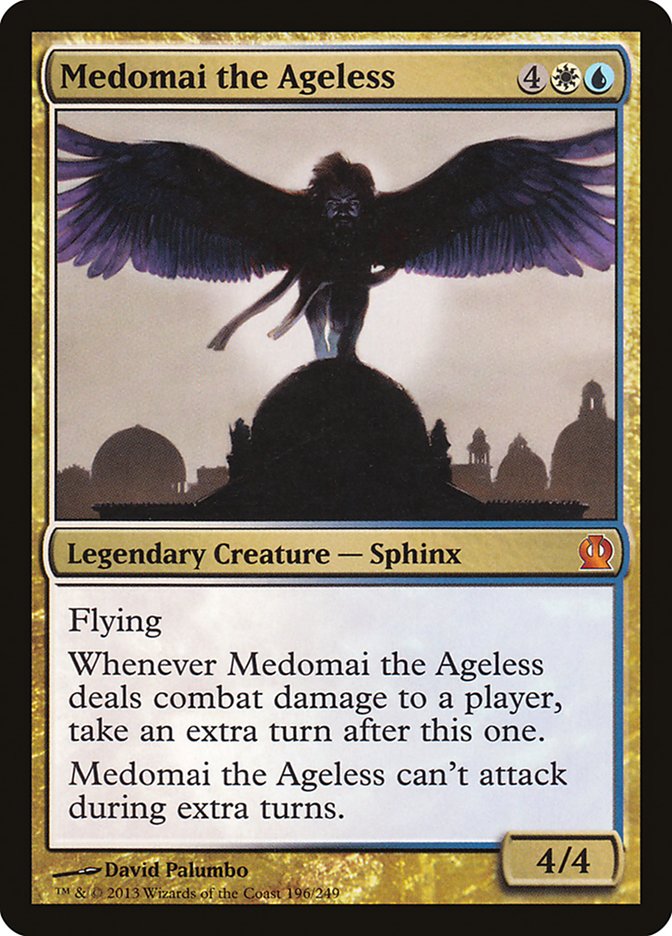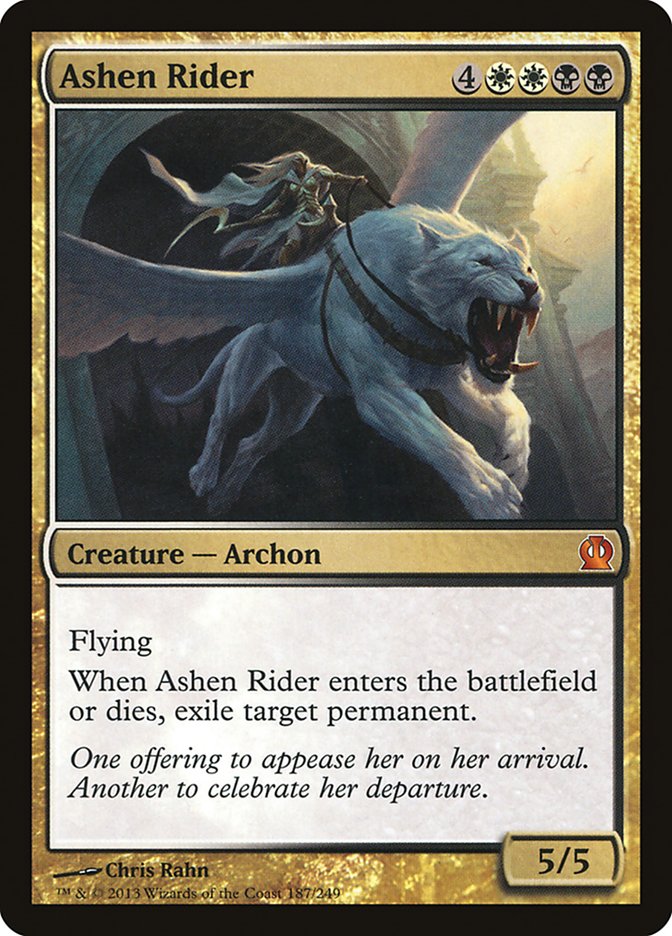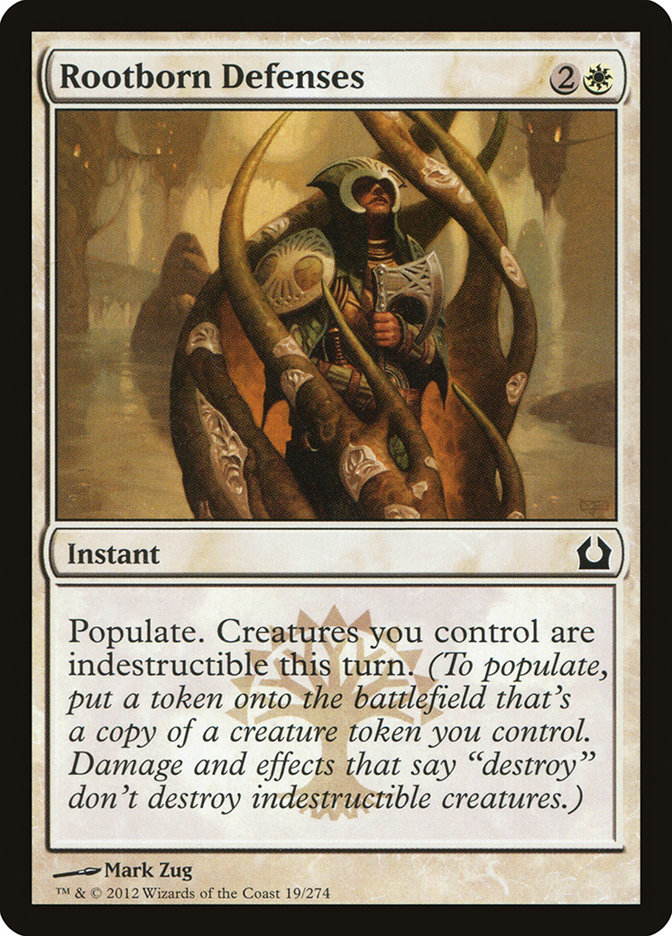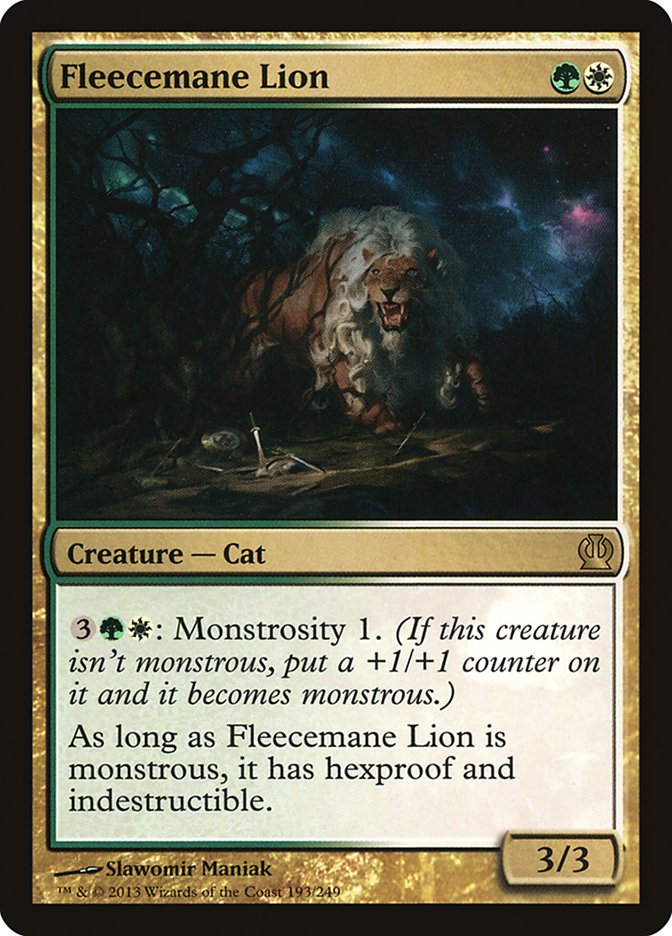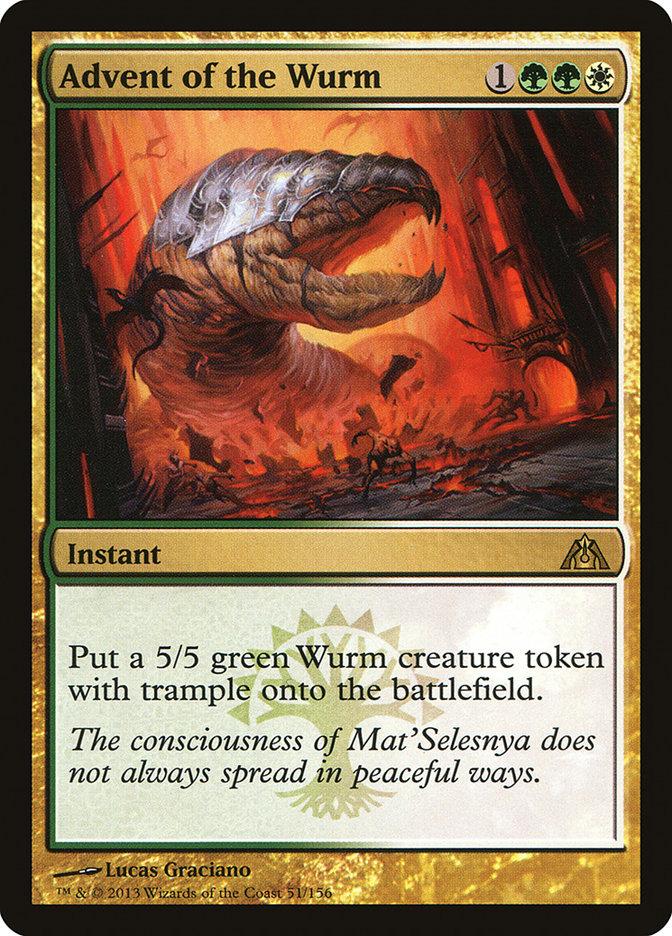I always hated losing my toys as a child . . . Who am I kidding, I hate losing them now. We’re losing format-defining cards like Omniscience, Worldfire, Elderscale Wurm, Battle of Wits, and Door to Nothingness. Standard just won’t be the same without them!
Usually there are a couple of cards I want to play with in Standard that just scream super crazy, mana-intensive fun. Unfortunately, I don’t see any cards like that right now. Enter the Infinite just isn’t cutting it for me. But don’t worry! Wizards gave us plenty of new toys. And as XT-002 would say, "New toys? For me? I promise I won’t break them this time!"
Ok, I lied . . . There are a couple of mana-intensive cards that I’m in love with, Like Medomai, the Ageless and my favorite Archon, Ashen Rider. Unfortunately, since we lost Unburial Rites, a Reanimator strategy just isn’t very good. We can’t just pitch a reanimation spell with Mulch or Grisly Salvage and then reanimate something insane. I believe Rescue from the Underworld and Whip of Erebos are better played as value cards than "all in" cards. A deck focused purely on reanimation would be much slower than its predecessor, so I’ll stay away from Reanimator for now.
Something we all should know is that aggressive decks always dominate in a new metagame. We need to keep that in mind for early tournaments and build our decks accordingly. The first place I want to go to when preparing to battle a lot of aggression is a control deck, but right now control decks are lacking early card draw, which is going to hinder them quite a bit. We can counter this by playing more lands, having more early game, or scrying a bunch. Control decks will still be good, but you may lose more games to not finding lands.
Then again, I’d rather lose games than play Omenspeaker. The card just doesn’t do anything really. It’s not Augur of Bolas or Sea Gate Oracle. And it may be blind, but it’s no Lee Sin, so I’ll be staying far away from this blind monk. With that said, I believe U/W is the best place to start. Let’s have a look, shall we?
Creatures (3)
Planeswalkers (5)
Lands (10)
Spells (42)

U/W Control was a monster at Pro Tour Dragon’s Maze, and it should do the same kind of work in Standard. With Cavern of Souls gone, I would run no fewer than three Essence Scatters, and I believe four is the right call for now. Keep those creatures off the board as long as you can. You just need to buy time for your Aetherlings, Revelations, and Elspeths.
I wouldn’t run fewer than four Sphinx’s Revelations. It’s your only mid- and late-game card-draw spell besides Jace. I wouldn’t be scared to jam a Revelation for one or two just to keep hitting our land drops. Also, with Thoughtseize running around, I just want all four Revelations.
The lack of early card draw makes me want to run more Thassas in the maindeck, but I just find it hard to do so when we only get the scry ability the majority of the time. For now I’ll just stick to one unless she proves to be bonkers.
I feel like this is a pretty solid sideboard without knowing what the best deck will be or how the format is going to shape up. Against other control decks we board in four Nightveil Specters, an additional Thassa, Dispel, Pithing Needle, and Negate while taking out four Supreme Verdicts, two Essence Scatters, Quicken, and a Detention Sphere. Essence Scatter still hits one of the deadliest cards they can cast in Aetherling, so we have to leave a couple in.
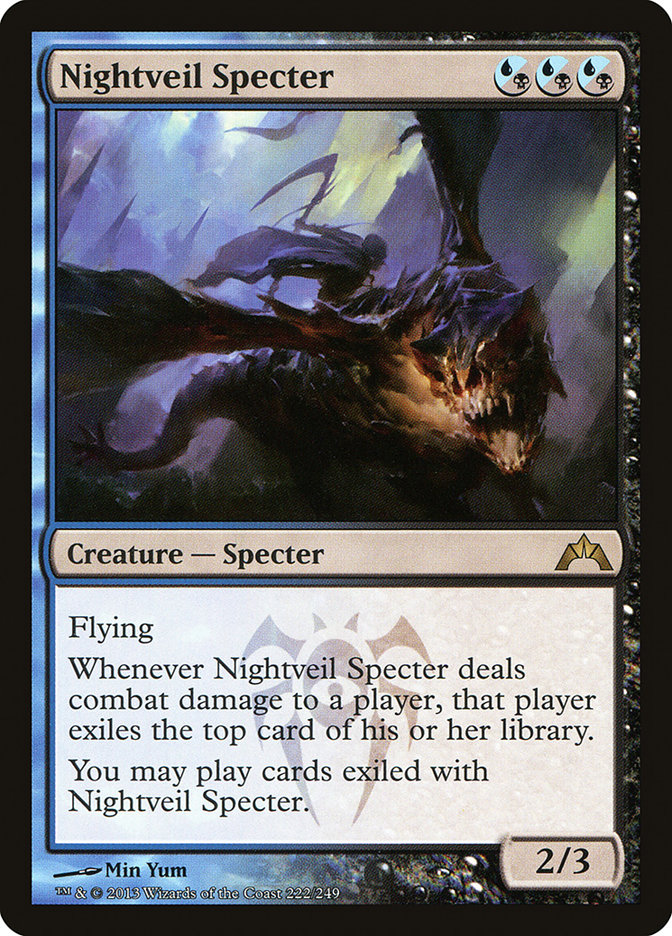 |
> |
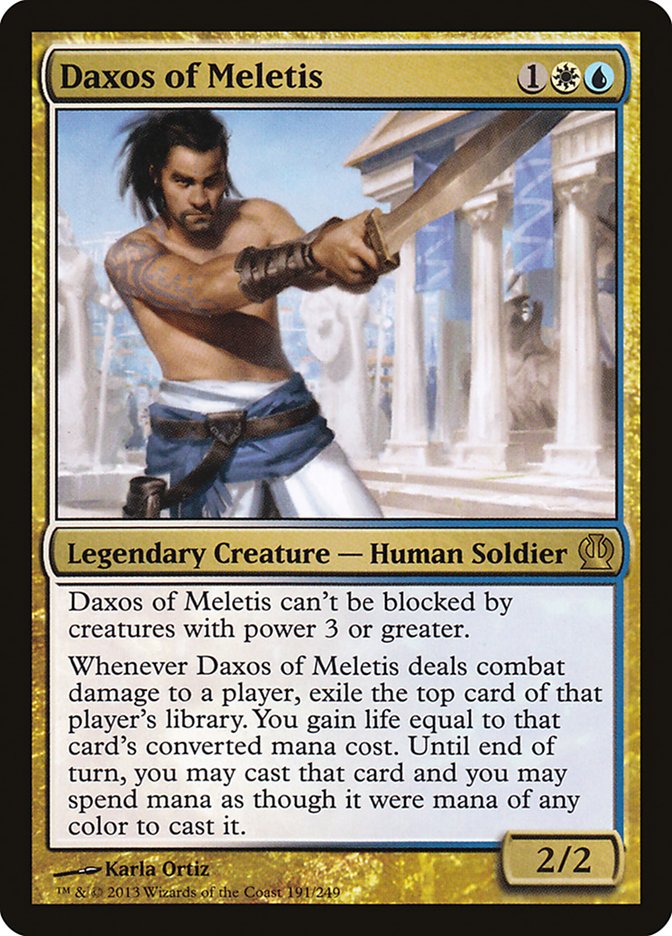 |
A lot of people have asked me, "Why Nightveil Specter over Daxos of Meletis?" The Specter does pretty much the same thing as Daxos except it flies, can block Daxos profitably, and invalidates other annoying creatures like Mutavault and Azorius Keyrune. It’s almost strictly better in this scenario where this deck wants such a card.
Against aggressive strategies I bring in two Blind Obediences, two Ratchet Bombs, and three Hundred-Handed Ones for Quicken, Dissolve, three Syncopates, one Aetherling, and one Sphinx’s Revelation. The plan is to lower the curve against them so we have a better chance of surviving. For the most part, Jace always ticks up in this match, and my plan is to ultimate him.
Against midrange strategies is where the deck should shine with all of its counterspells. Sideboarding against them is a little tough, as it honestly depends on the type of midrange deck. If they have annoying planeswalkers or annoying activated abilities, I’ll bring in the Pithing Needle. If they are less about controlling the board and more about a bunch of heavy hitters, then I’ll bring in Hundred-Handed One. If they aren’t playing Obzedat, Ghost Council, then you can cut the Quicken.
Another deck that I believe is well-positioned is G/W Midrange:
Creatures (24)
- 4 Loxodon Smiter
- 2 Trostani, Selesnya's Voice
- 4 Voice of Resurgence
- 4 Scion of Vitu-Ghazi
- 4 Elvish Mystic
- 2 Heliod, God of the Sun
- 4 Fleecemane Lion
Planeswalkers (2)
Lands (8)
Spells (28)

This is a pretty basic yet solid Selesnya deck. I’m not running any Mutavaults or Grove of the Guardians because I want to reliably cast my color-intensive cards on curve. Having a land that only produces colorless mana in the early game can be disastrous. The reason I’m playing Heliod over Nylea is because I believe that Heliod is better in this deck. Sure, Nylea gives all your big guys trample and can make them bigger, but Heliod can pump out more creatures for you, is never a dead draw, and makes combat for other decks a huge pain. This is the deck I played at Pro Tour Dragon’s Maze, and it was extremely solid. It will be a good go-to deck in an unknown field.
The deck packs a punch against control decks, as you have eight two-drop creatures that are hard for them to deal with. A well-timed Rootborn Defenses trumps Supreme Verdict, a monstrous Fleecemane Lion is borderline impossible to deal with, and even if they get to somehow efficiently wipe your board, Advent of the Wurm can immediately put the pressure right back.
Against hyperaggressive decks, you should be favored. You don’t need to gain life when they can’t get past your 3/3s, 4/4′, and 5/5’s. However if you do start gaining life with Trostani, Selesnya’s Voice, it’s all but over.
The questions is how it will fare against other midrange decks. Again, it depends on the makeup of the midrange deck. I think one of the toughest cards to deal with will be Kalonian Hydra. We can kill it with Selesnya Charm, but if we don’t have one, we’re forced to lose a lot of creatures to it or die on the next swing. Another card that can pose a problem is Stormbreath Dragon if it comes down early. The Dragon forces us to race it or wipe the board with an Elspeth, which will in turn kill some of our own board with it.
There is no sideboard for this deck because I’m unsure of what I want. The only cards I really want are four Unflinching Courages, a Sundering Growth or two, and a third Rootborn Defenses. After that it’s all question marks.
Let’s look at a more . . . interesting deck!
Creatures (4)
Lands (25)
Spells (31)
- 3 Mountain
- 2 Magma Jet
- 2 Doom Blade
- 1 Planar Cleansing
- 4 Mizzium Mortars
- 1 Dreadbore
- 2 Sphinx's Revelation
- 4 Urban Evolution
- 1 Devour Flesh
- 2 Far
- 3 Warleader's Helix
- 2 Hero's Downfall
- 3 Anger of the Gods
- 1 Steam Augury
Sideboard

As Dustin Hoffman would say, "Kill them, kill them all." That’s exactly what this deck does; it just kills all the creatures and wins you the game by playing lands.
By. Playing. Lands. I love lands!
There was a deck similar to this in the past that dominated Standard for a while called Valakut. We don’t have any Primeval Titans to speed us along to victory this time around, but Urban Evolution is a very powerful card that I believe fits this deck perfectly. It refills your hand and helps you with your goal of putting more lands into play. And when you’re playing this deck, all you want is moar lands!
Opener with seven lands? As Adam Prosak would say, "Snap keep!"
It’s safe to say this will be the deck I sleeve up first. I get to play all the lands and all five colors. It just doesn’t get any better than that for me. This deck may be a grind to play, but it’s a beautiful, long, sexy grind.
Against control you just need to play your lands to victory. A Jace, Architect of Thought ultimate means they get an Aetherling, which is no small joke because he is the scariest card they have against us, but he doesn’t spell game over since we’ve likely been gaining life from Revelations, Gatekeepers, and Warleader’s Helixes. After board we want to Slaughter Games Aetherling and just kill them with a Koth emblem, aka Crackling Perimeter. You can laugh it up, but it works!
There’s not much to say about how this plays against aggressive and midrange decks. It’s pretty straightforward—just live until you can Maze’s End them. I will, however, tell you that the scariest card against this deck is Pithing Needle. If that card gains in popularity, you will need to play another win condition or find a way to kill it.
I’m pretty excited to start fresh. All the old decks have died, but that makes this is a brewer’s paradise. The first two decks are very basic, and you could make them into three-color decks pretty easily. Next time we’ll venture out more and have a look at three- and four-color decks and some other strange brews. Until then, be sure to enjoy release week and to be nice to all the new players.
Remember—you were once a new player too. =)
Ali, Nightmare Weaver

